
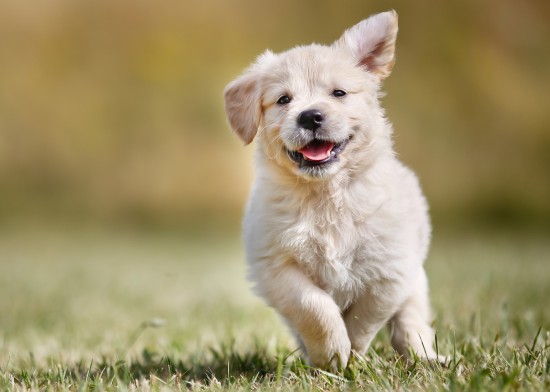
Puppies tend to be lively, active little bundles of fur, who are always on the go and looking for something to do-in between prolonged periods of rest and deep sleep! Due to this, many owners of a new puppy think that it is not possible to provide too much exercise, or that it is ok to exercise the pup up until the point that they tire out and no longer want to run around and play.
However, there is also another factor to take into account when playing with and exercising your puppy, and this is the development of the pup’s growth plates, and ensuring that they do not become overburdened or damaged by too much movement while your dog is still developing them.
In order to be able to work out how much exercise your puppy needs and to ensure that the growth plates develop properly and normally, it is first important to know what the growth plates are, what they do, and how they develop.
Read on to learn more!
The growth plates in the dog are the areas of cartilage that develop at the end of the long bones of the legs, which over time, calcify and develop into denser matter as the puppy gets older and works their muscles more.
As your puppy gets older, their exercise provision should match their development and increase as they grow, alongside of the hardening process of the growth plates themselves. Before the growth plates fully develop and mature into harder bone matter, they can be very vulnerable to injury from too much exercise and hard impacts, as they are the final part of the long bones to harden off.
If your puppy injures or fractures a leg before the growth plates have hardened off, this can present problems with healing and even lead to a potential developmental deformity of the affected leg, up to and including cell damage that prevents the growth plate from fully developing, leading to a deformity of the bone.
The most common area for a problem with the growth plates to develop is between the ulna and radial bones, in the forearm area of the leg. If the growth plate in this area is damaged and stops growing, the opposite bone will continue to develop normally, leading to bow legs and an awkward moving gait that the puppy will retain for life. This can then, over time, lead to uneven pressure on the other legs, and cause a range of secondary problems for the dog down the line.
The question of how much exercise puppies need and should receive is a challenging one to answer, as the goalposts are always moving due to the puppy’s changing age and growth! It also depends on the type of exercise that your pup receives; walks on the lead are low-impact, and can be carried out more often than high-impact, vigorous play such as running and jumping, which should be monitored carefully to avoid causing damage to the developing limbs.
This potential for damage during development is why you will not be able to get your puppy started in any canine sports such as agility until your pup is at least a year to eighteen months old; this is one of the rules of the sport, in order to protect the health and growth of your developing puppy.
Pups go through their largest, fasted period of physical growth and development between the ages of four and eight months, and this is when the growth plates are also working their hardest to harden off. After around eight months of age, the growth plates should be fully or almost fully fused, and the largest window of risk of damage will have closed. However, for some giant dog breeds that grow and develop at a much slower rate, it can take eighteen months to two years for growth to complete and the growth plates to have fully developed.
In terms of working out exactly how much exercise your puppy needs or should be provided with before they reach the age where the growth plates have fully developed, it is important to factor in the age of your pup and their stage of development, and increase their exercise levels as they get older gradually.
A good rule of thumb is provided by The Kennel Club, which suggests that for every month of the pup’s age, they should receive five minutes of exercise, repeated twice daily. So once your pup is six months old, they should be getting half an hour of exercise, twice per day. Understandably, you should take into account your dog’s own development when working out what is best for them, and not push them past the point of tiredness or reluctance to play.
Also bear in mind that a half hour sedate walk is rather different to a half hour of vigorous jumping about and lots of running around, and moderate this accordingly.
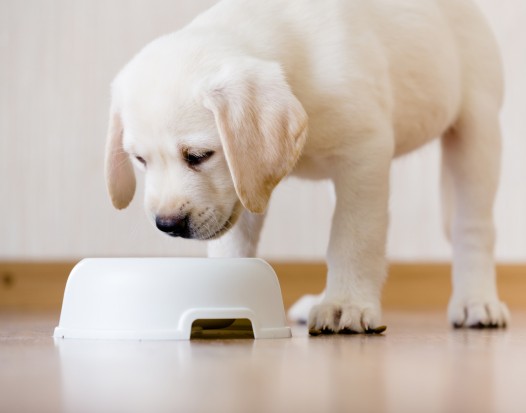 Making The Right Choices When It Comes To Feeding Your Puppy
Making The Right
Making The Right Choices When It Comes To Feeding Your Puppy
Making The Right
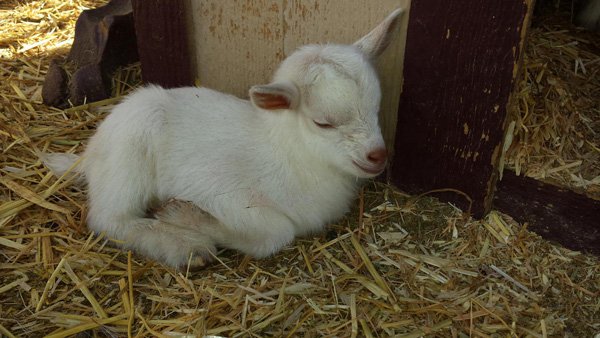 Top Quality Pet Toys Can Be Bought Cheaply
Top Quality Pet Toys Can Be Bought Cheaply
You
Top Quality Pet Toys Can Be Bought Cheaply
Top Quality Pet Toys Can Be Bought Cheaply
You
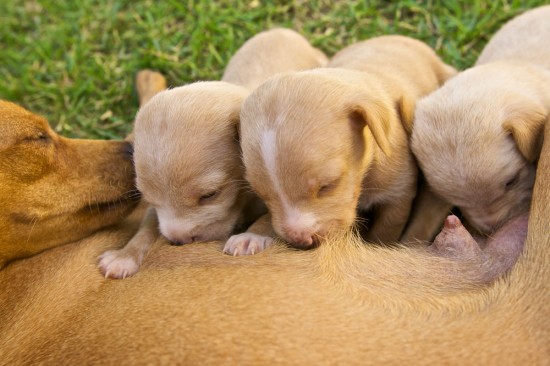 Fading Puppy Syndrome - Neonatal Mortality
Fading Puppy Synd
Fading Puppy Syndrome - Neonatal Mortality
Fading Puppy Synd
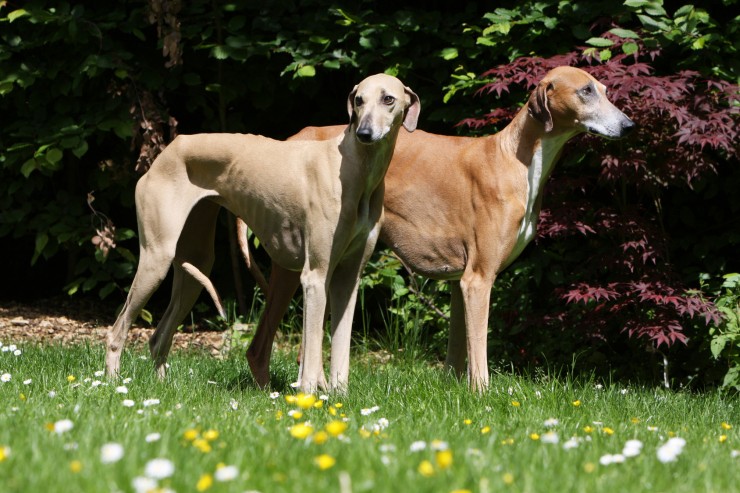 The Rare Azawakh And Health Issues
The Rare Azawakh
The Rare Azawakh And Health Issues
The Rare Azawakh
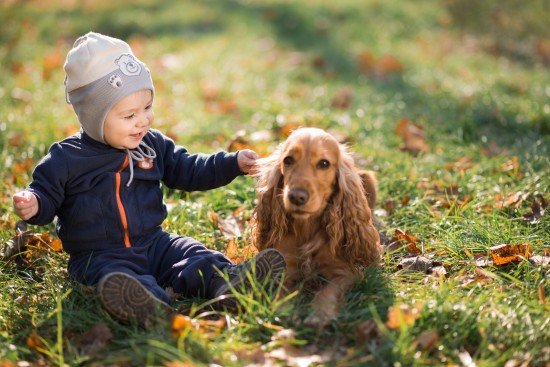 Teaching Your Children To Respect Your Dog
Teaching Your Chi
Teaching Your Children To Respect Your Dog
Teaching Your Chi
Copyright © 2005-2016 Pet Information All Rights Reserved
Contact us: www162date@outlook.com